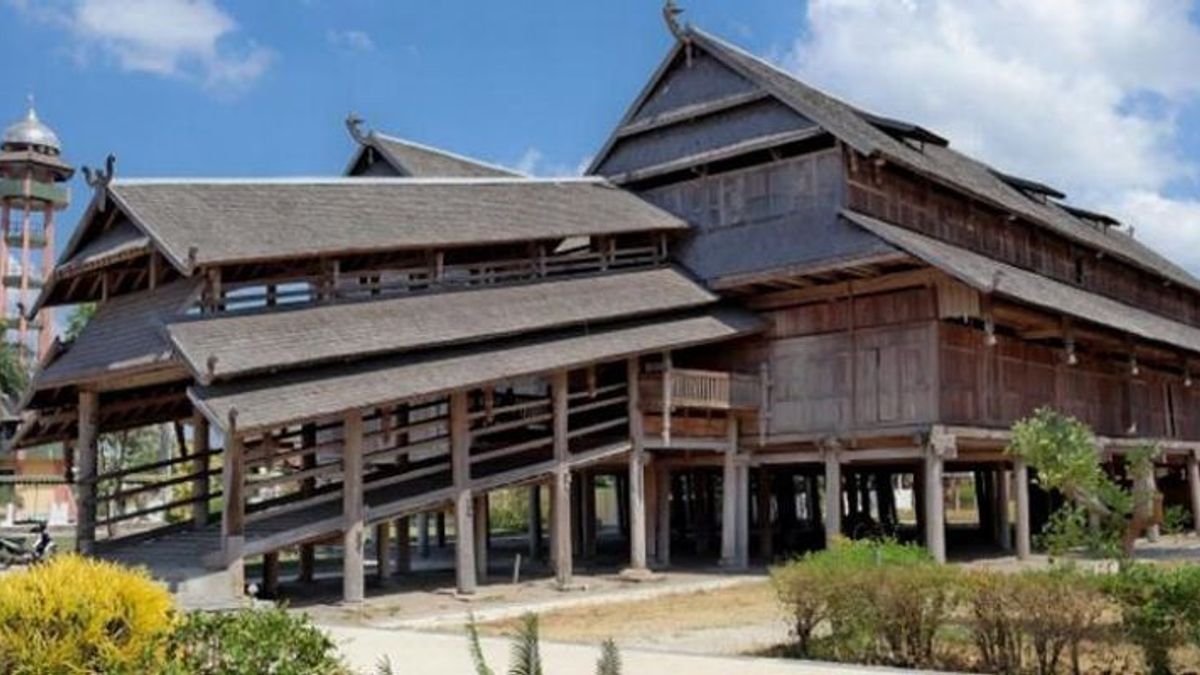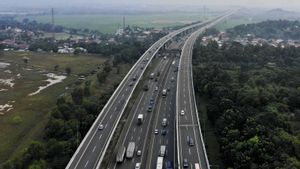JAKARTA – Traditional houses are built based on hereditary traditions and the shape is almost the same in every generation. In NTB, traditional houses are unique, which is represented in their name, history, and function. The closeness of the community to their natural habitat can also be seen from the building materials used to build their traditional houses.
West Nusa Tenggara is a province with two islands, Lombok and Sumbawa. In this province, the majority are inhabited by three tribes, namely Sasak, Samawa or Sumbawa, and Mbojo or Bima. All three are known by the acronym Sasambo.
According to Erlina Laksmiani Wahjutami in Identification of Geometry as the Basic Form in Traditional Architecture of West Nusa Tenggara (2017), there are significant differences in traditional houses in Lombok and Sumbawa. In Lombok, traditional houses with pedestal foundations and the floor of the house above the ground. While in Sumbawa with pedestal foundations to support the pillars of the construction of houses on stilts. The following is an explanation of the name, history, and function of the NTB traditional house.
Bale Lumbung Traditional HouseCalled bale, this traditional house is built of wood as poles, woven bamboo walls, and alang-alang roof. Buildings with bamboo walls are constructionally more resistant to earthquakes and wind.

The NTB traditional house with the name Bale Lumbung is not used as a place to live. This building is for storing crops so it is called a granary. Because it is used to store crops, the foundation is kept away from the ground to avoid rodent attacks. The shape of the roof is quite unique, like a cone but somewhat round.
Bale Jajar Traditional HouseBale as a traditional house which is divided into three rooms, namely two dalem bale and porch. This traditional house is also marked with samba as a place for storing food ingredients. In the bale jajar building, the front has a seket and a gymnastics in the back.
Berugaq Sekenam Traditional HouseSekenam is a term for the number of saka or pillars totaling six. The NTB traditional house called berugaq sekenam serves as a place to learn about cultural values and a family gathering space.
Sumbawa Traditional HouseSumbawa traditional houses consist of 3 types, including in workshops, thick reinforcements, and stage bales. The traditional house in the loka is a historical palace inherited from the kingdom led by Sultan Muhammad Jalalludin. The area is 696.98 square meters with 2 twin buildings supported by 98 teak wood pillars and 1 short teacher pole made of chili trees. In 1885, Sultan Muhammad Jalalludin III built a palace in a loka because it had rotted with age.
The thick Bala is also known as Bala Datu Ranga. The location of this NTB traditional house is in the Pekat village, Sumbawa Besar, precisely standing south of the palace in a workshop. It is a large house on stilts, made of wood, and was once the residence of Abdul Madjid Daeng Matutu, the Prime Minister of the Sultanate of Sumbawa with the title Datu Ranga. Meanwhile, the stage bale is not too big and is the residence of the people and soldiers in Sumbawa.
Above is the name, a bit of history, and the function of traditional houses in NTB. As a cultural property, traditional houses that are closely related to traditions are important to be preserved.
The English, Chinese, Japanese, Arabic, and French versions are automatically generated by the AI. So there may still be inaccuracies in translating, please always see Indonesian as our main language. (system supported by DigitalSiber.id)













